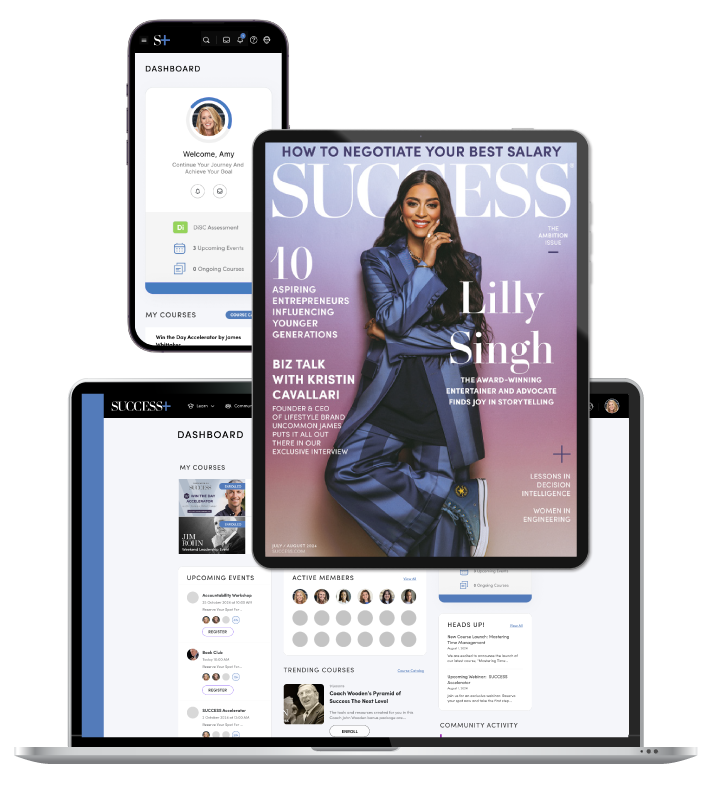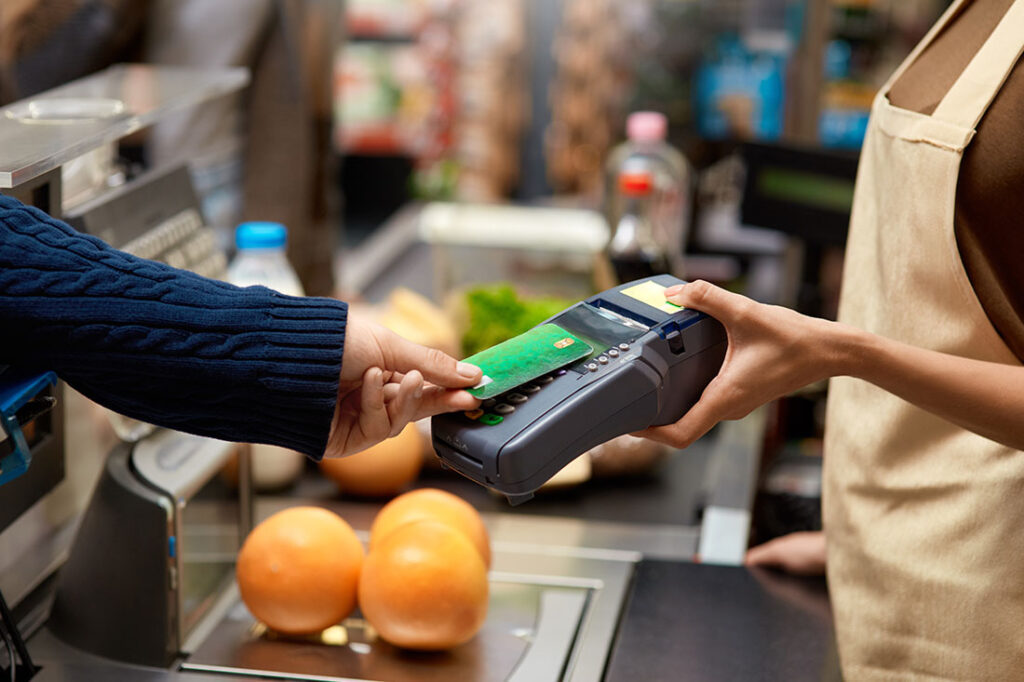The modern grocery shopping experience has taken a troubling turn with the option to split your $78 bill into “four easy payments.” When did we start financing essentials like bananas and bread?
New research from PartnerCentric reveals 52% of Americans use buy now, pay later (BNPL) services, with 31% using them for groceries. Let that sink in—many of us are taking out loans for food that’ll be gone before the first payment is due. It’s a trend that could indicate a dip in our collective financial health. Learn what experts are saying and tips for breaking the cycle yourself.
Why we gravitate toward buy now, pay later services
“Americans are using it to navigate life on their terms,” Stephanie Harris, CEO of PartnerCentric, told Newsweek. But there’s also a troubling truth: 1 in 4 Americans admit they’re using BNPL more because they’re struggling with rising costs. LendingTree’s research backs this up, showing the number of consumers using BNPL for groceries nearly doubled last year. “
Installment plans also offer some initial psychological reprieve, because we see increments of the total instead of the full balance, making a $200 splurge feel like “just $50.”
The drawbacks? Almost half of BNPL users confess they make more impulse purchases because of these services, and a Ramsey Solutions study found 46% of those surveyed experience difficulty paying their bills, and 33% have paid a bill late in the preceding three months.
4 tips for breaking the cycle
Instead of normalizing loans for lunch or other small purchases, try these alternatives:
- Create a no-nonsense budget. Track every dollar using a simple budgeting app. When you see exactly where your money goes, you’ll know whether you can truly afford something without financing it.
- Build your own “pay later” fund. Start with $1,000 in an emergency fund, then work toward three months of expenses. It’s your personal financing system that builds wealth instead of draining it.
- Establish “no financing” rules. Ask yourself: Will this item last longer than the payment plan? For example, groceries would fail this test. If you’re not in a dire financial situation and you’re considering BNPL for necessities, it might be time to rethink your approach to finances.
- Wait 24 hours before buying nonessentials. For groceries and other basics, commit to paying in full. This forces you to confront what you can actually afford.
Photo by Viktoriia Hnatiuk/Shutterstock










